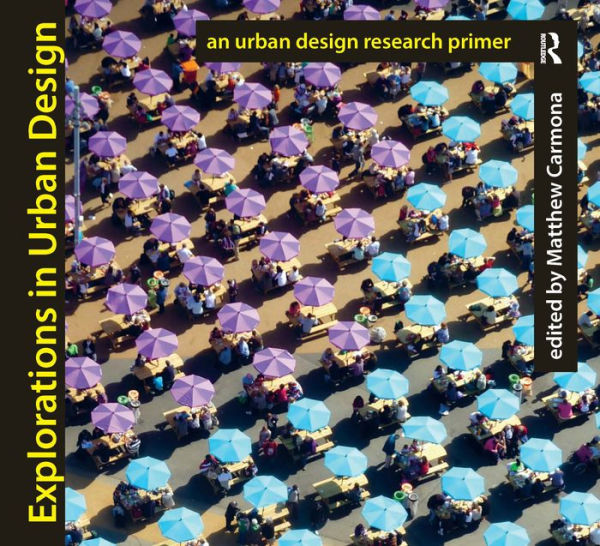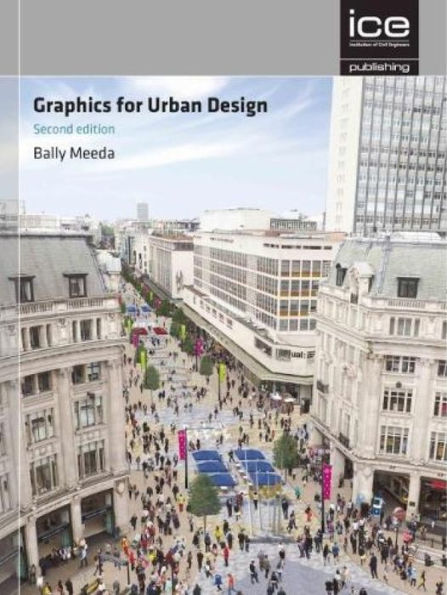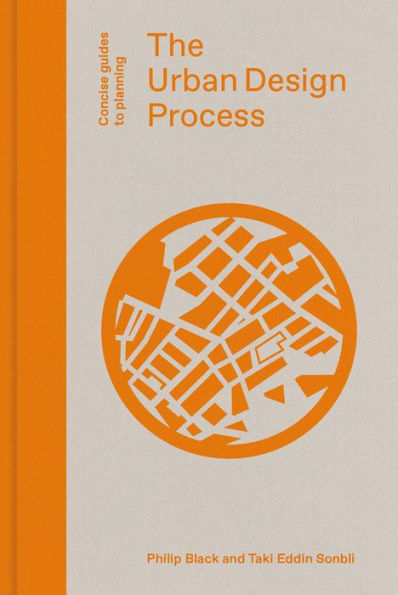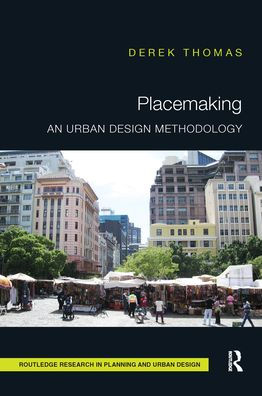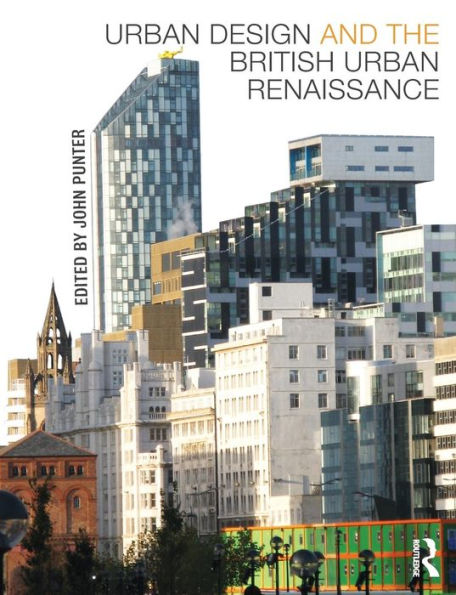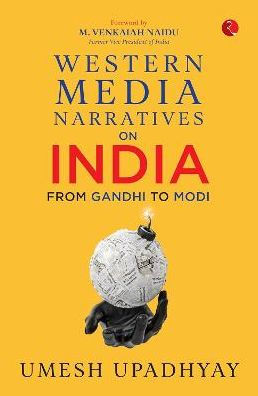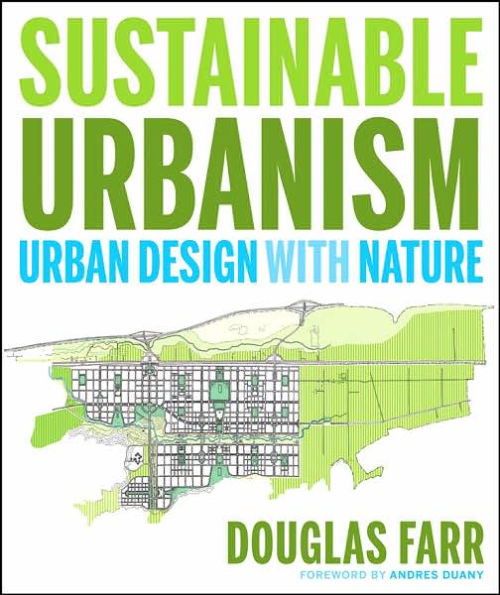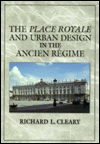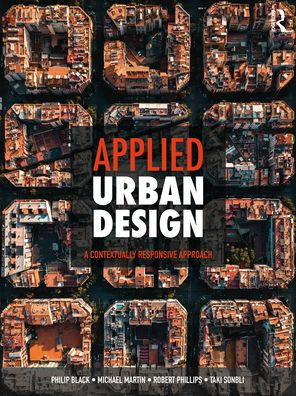Home
Approximate Translation: Media, Narrative, and Experience in Urban Design
Barnes and Noble
Approximate Translation: Media, Narrative, and Experience in Urban Design
Current price: $35.00
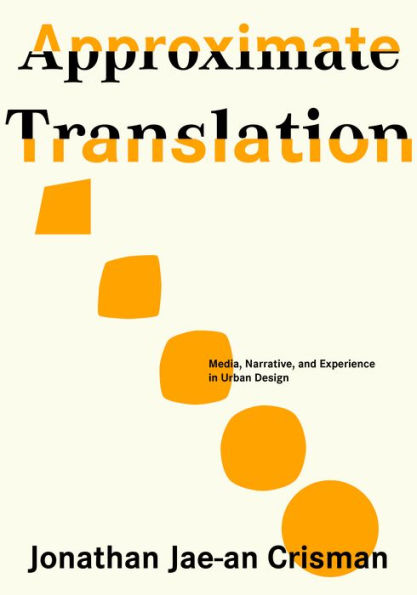

Barnes and Noble
Approximate Translation: Media, Narrative, and Experience in Urban Design
Current price: $35.00
Size: OS
Loading Inventory...
*Product information may vary - to confirm product availability, pricing, shipping and return information please contact Barnes and Noble
Cities are infinite cultural hyperobjects that contain layers of history, of contemporary life, of material, capital, infrastructure, of future dreams of what may come. We sometimes call these dreams “urban design plans”—two-dimensional drawings that are meant to capture our aspirations for the future of a place. Yet these plans are often static images—or, worse, building masses without people, narratives, or even nods to contextual histories.
Approximate Translation is a poetic and practical rumination on how to incorporate what makes a city a city—stories about place, an unexpected encounter, the immediacy of experience—into practices of urban design. Using a speculative transformation of the Boston neighborhood of Allston as a demonstration, this book proposes that we think seriously about topics as disparate as science fiction, pop art, theme parks, and DJing if we want to better design the cities in which we live.
Approximate Translation is a poetic and practical rumination on how to incorporate what makes a city a city—stories about place, an unexpected encounter, the immediacy of experience—into practices of urban design. Using a speculative transformation of the Boston neighborhood of Allston as a demonstration, this book proposes that we think seriously about topics as disparate as science fiction, pop art, theme parks, and DJing if we want to better design the cities in which we live.
